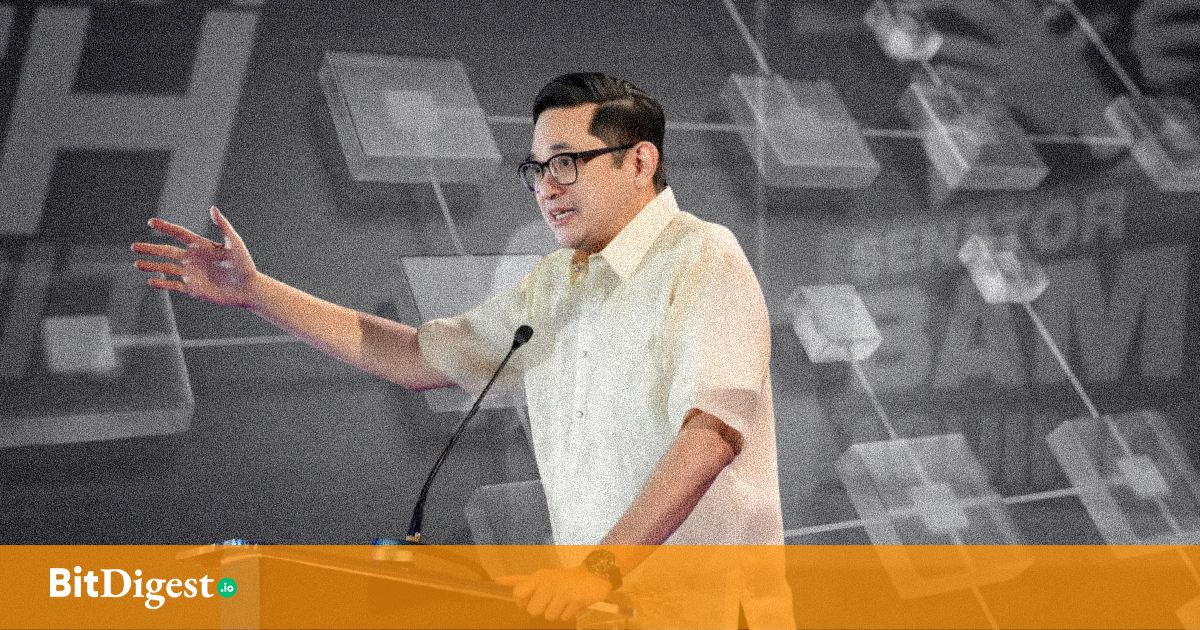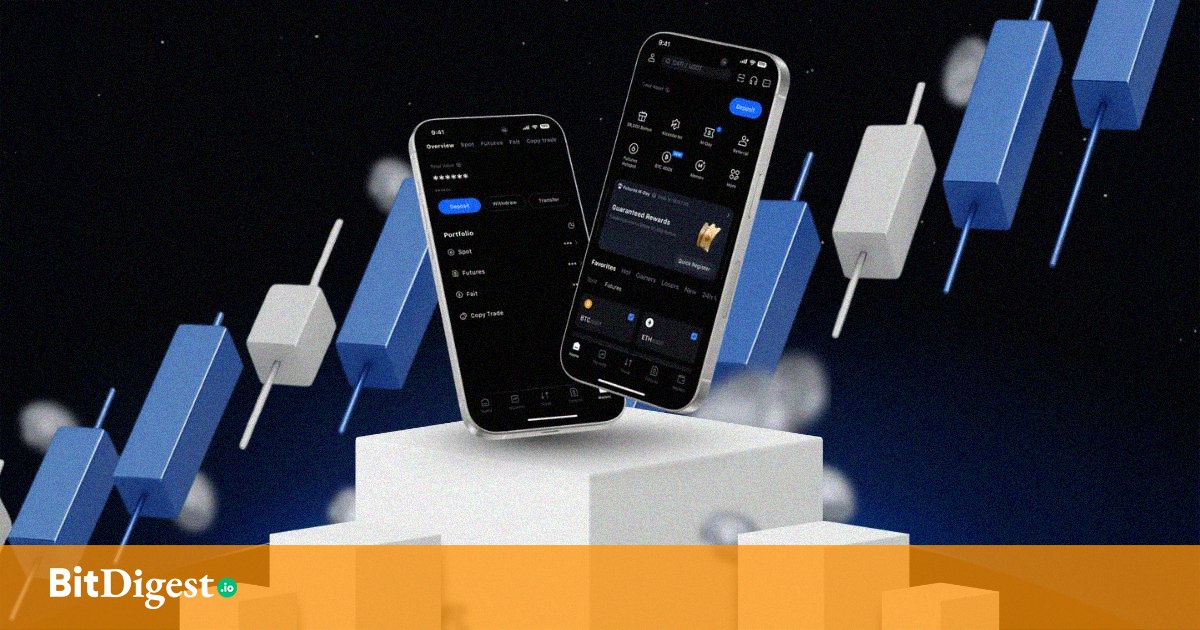How P2P Exchanges Are Powering Finance Without Banks
For much of the world, banking isn’t a right, but a strict privilege. Traditional financial systems, built around accounts, credit checks, and institutional trust, often exclude the very people who need them most.
In rural areas, conflict zones, or economies plagued by inflation, the idea of storing money in a bank or wiring funds across borders simply doesn’t work. Even in urban settings, millions of people lack the documentation, internet access, or income regularity to qualify for formal financial tools.
But that hasn’t stopped them from building alternatives.
Peer-to-peer (P2P) crypto exchanges are quietly becoming a foundation for financial access. They offer many of the same benefits banks promise, but through direct, user-powered networks.
Banking Functions, Without the Bank
At their core, banks do three things for everyday users. They hold value safely; facilitate payments and exchanges; and help move money across space and time (remittances, loans, savings).
What’s striking is there are P2P platforms that replicate all three of these functions—without institutional infrastructure. Users can hold value in stablecoins like USDT or BTC, convert it to local currency through direct trades, and send or receive funds across borders, often within minutes.
Platforms like NoOnes demonstrate this shift. Users trade crypto for cash, mobile money, or even airtime—using nothing more than their phones and a local payment method. There’s no account to open, no branch to visit. Just two people agreeing on value and confirming it in real-time.
A Human-Led System That Works Around the Gaps
Unlike centralized exchanges, P2P platforms don’t rely on banks to settle payments. They rely on people. Each user becomes a liquidity provider, a teller, a remittance channel—all wrapped into one.
What makes this effective is the flexibility. In countries with high inflation, users can park value in crypto and cash out only when needed. Meawhile, in regions without card rails, users can still trade using mobile money or cash pickups. At last, communities without banking at all, P2P platforms offer a way to join the financial world using trust, not paperwork
This structure mirrors the role banks once played, but with far fewer barriers.
Safety and Trust Built from the Ground Up
Of course, trust matters. P2P platforms build it through reputation systems, trade histories, and smart escrow. NoOnes, for example, uses an in-chat escrow system that holds funds while two parties negotiate and complete the trade, which reduces risk on both sides.
These kinds of safeguards aren’t just about preventing fraud, they build confidence. And in communities that have long been shut out of traditional finance, confidence is the key to participation.
P2P crypto exchanges aren’t just digital marketplaces—more than that, they’re becoming decentralized financial frameworks. They do what banks do: move value, store funds, and connect people. But they do it more flexibly, more accessible, and often, more fairly.
.svg)


.svg) SHARE TO FACEBOOK
SHARE TO FACEBOOK SHARE TO TWITTER/X
SHARE TO TWITTER/X SHARE TO LINKEDIN
SHARE TO LINKEDIN SEND TO MAIL
SEND TO MAIL





.svg)


.svg)